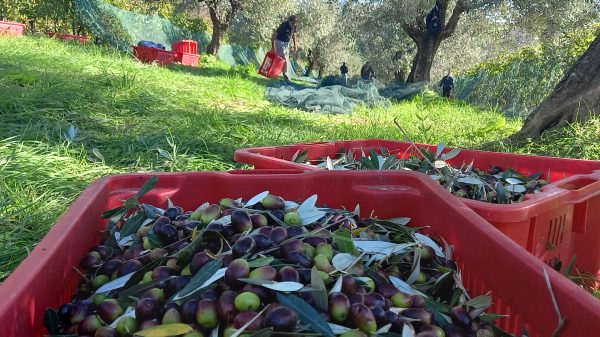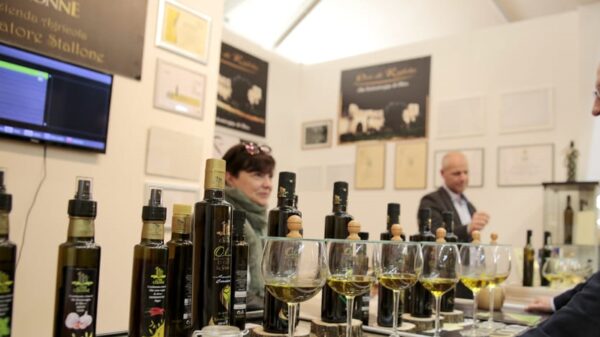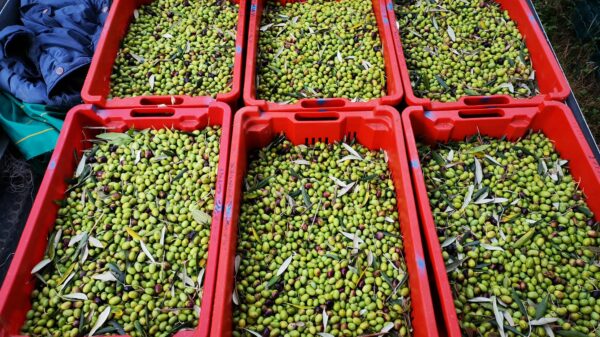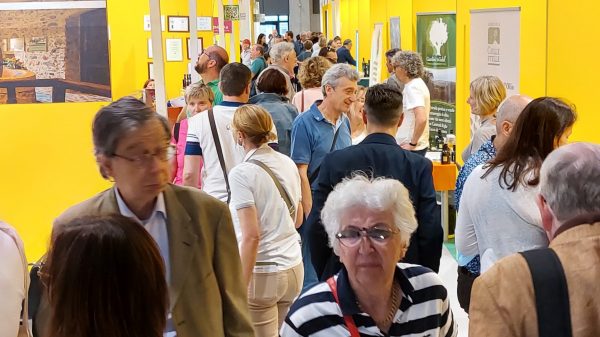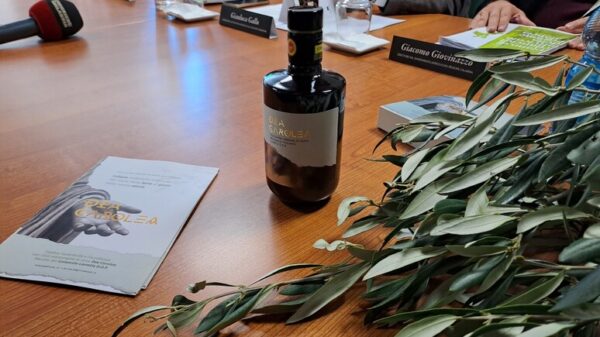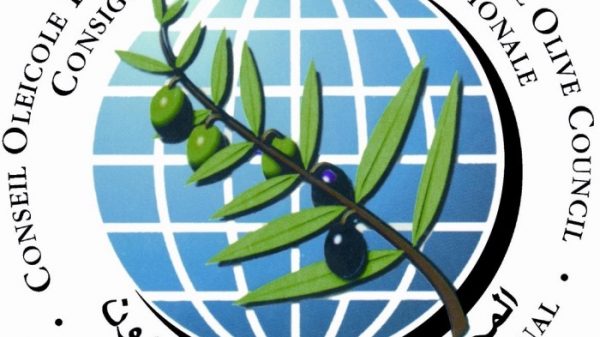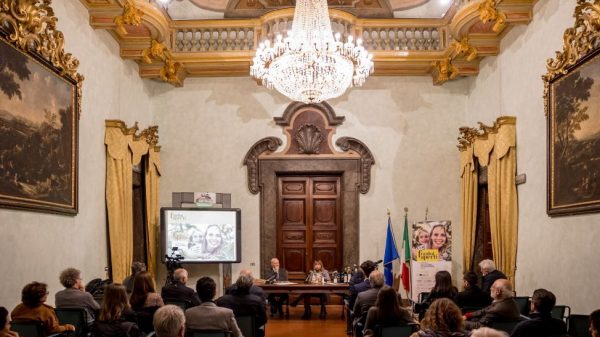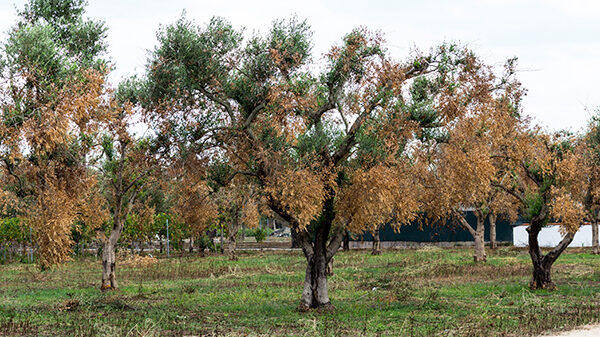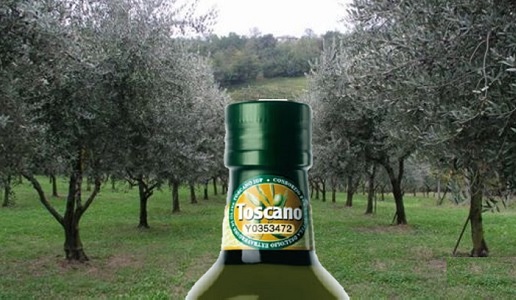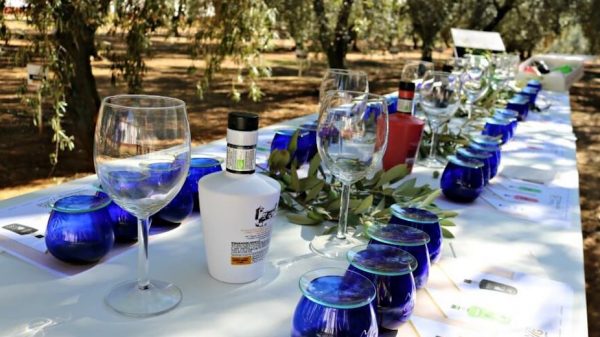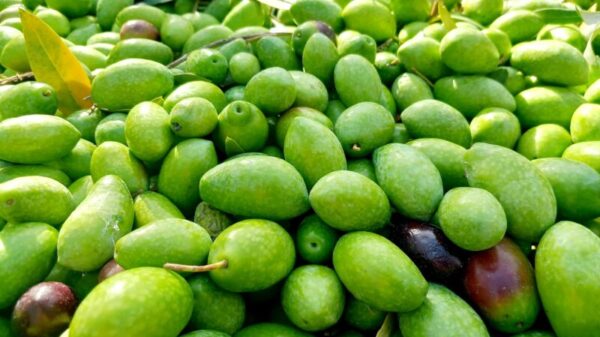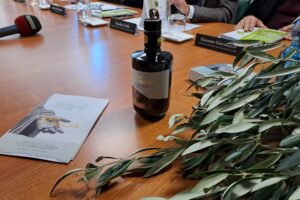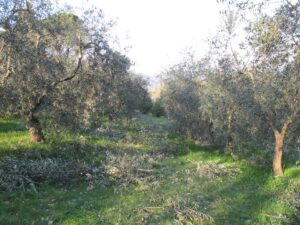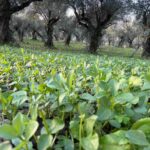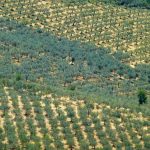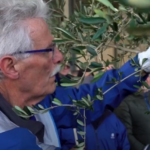THEabandonment of traditional and historical olive growing which concerns agricultural entrepreneurs, private citizens and unregistered hobbyists in internal and marginal areas is confirmed by the significant decrease – equal to 31% – of the Italian olive growing companies in the last few years. This is what emerges from ISMEA report («Sector factsheet, Olive oil» February 2023) and relating to the decade between 2010 and 2020. In the same analysis, however, a great opportunity for relaunching the sector is identified in oil tourism and the diversification of the related activities of olive growing companies.
Specifically, from the data collected it emerges that the number of olive growing companies has decreased by 26.622 units in 3 years (with an average of 8.874 units per year), while the olive area in hectares has undergone a less evident contraction equal to 5.750 hectares in 3 years (average of 1.917 hectares per year).
Among the weak factors of the agricultural phase that emerged from the SWOT analysis conducted by ISMEA, there is theabandonment of marginal olive groves or managed in an unprofessional manner, in addition to poor generational turnover and poor aggregation capacity. Among the opportunities, however, oil tourism and the diversification of the related activities of olive growing companies emerge.
The Città dell'Olio initiative
The initiative implemented by theNational Association of Oil Cities which promoted the first interdisciplinary Technical Table which combines different skills from the scientific and academic world, from production with trade associations and from the territories with the local authorities that the Città dell'Olio Association represents in order to develop and present a national law proposal to combat the abandonment of this type of olive growing.
"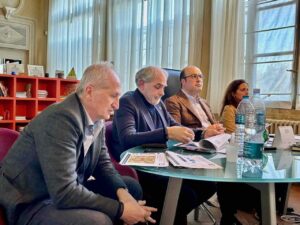
The emergency represented by the abandonment of olive-growing territories – declared Michele Sonnessa, President of the Cities of Oil – relates different but strongly connected issues: the depopulation and decline of internal areas with strong development problems, the aging of the agricultural population and the lack of generational turnover, the lack of or low income of olive growers, the delays in the implementation of the technological innovation, productive fragmentation. In relation to the ecosystem services that traditional and historical olive growing generates, the recovery of abandoned olive groves brings not only economic but also social and environmental benefits as it affects aspects linked to the rural landscape intended as an element of tourist attraction, to the maintenance of olive biodiversity , the reduction of hydro-geological risk and the prevention of fires, the mitigation and adaptation to climate change (CO2) as well as the broader theme of sustainability".

The first meeting of the Table took place on Tuesday 12 March. From the comparison, the need emerged to carry out a census of abandoned olive groves at a national and regional level but, above all, to identify the tools aimed at contributing to reversing the tendency to abandon olive growing activities, as already hoped some time ago by OlivoNews (read the interview with Giorgio Pannelli here): among these, for example, the introduction of tax breaks and tax relief actions to support olive growing companies and private citizens who want to recover abandoned olive groves and put them back into production and the establishment of community cooperatives and land associations in the municipalities involved, to in order to enhance the potential of the territory, recover and use abandoned or uncultivated land and carry out small ordinary maintenance works on the infrastructure. Finally, among the objectives that the proposal could envisage there is also the creation of a body dedicated to periodic monitoring intended as a place of integration and contact between the various administrative levels, universities and research centers in the field of landscape management; a center for the study and monitoring of olive-growing landscapes with a view to sustainable territorial planning. The next meeting will be held in May.
Members of the Technical Committee (in alphabetical order by surname):
Mauro AGNOLETTI, Director of the Laboratory for Landscape and Cultural Heritage (CultLab) and Holder of the UNESCO Chair in Landscapes of Agricultural Heritage at the Department of Agricultural, Food, Environmental and Forestry Sciences and Technologies (DAGRI) of the University of Florence.
Leonardo CASINI, Professor of Agri-Food Economics and Policies at the Department of Agricultural, Food, Environmental and Forestry Sciences and Technologies (DAGRI) of the University of Florence
Giulia DE ANGELIS, Vice-president of the Italian Association of Landscape Architecture (AIAPP)
Pasquale DI LENA, Food and wine expert and founder of the National Association of Oil Cities
Renato FERRETTI, Vice-President of the Council of the National Order of Agronomists and Forestry Doctors (CONAF)
Roberta GARIBALDI, Professor of Tourism Management at the University of Bergamo and President of the Italian Food and Wine Tourism Association
Riccardo GUCCI, Professor of Arboreal Crops at the Department of Agricultural, Food and Agro-environmental Sciences of the University of Pisa and President of the National Academy of Olive and Oil
Thomas LOIODICE, President of the National Union of Olive Producers Associations (UNAPOL)
Giuliano MARTINO, Italian Olive Growing Coordination
Elisabetta MORO, Professor of Anthropology of the Mediterranean Diet and Founder/Co-director of the Virtual Museum of the Mediterranean Diet at the Department of Educational, Psychological and Communication Sciences of the Suor Orsola Benincasa University of Naples
Marino NIOLA, Professor of Anthropology of Symbols and Co-director of the MedEatResearch Center for Social Research on the Mediterranean Diet of the Suor Orsola Benincasa University of Naples
Stefano PASQUAZI, Italian Olive Consortium (UNAPROL)
Adolfo ROSATI, Researcher at CREA – Olive, fruit and citrus growing research center based in Spoleto and Councilor of the National Academy of Olive and Oil
Tiziana SARNARI, Market Analyst at ISMEA, Supply Chain and Market Analysis Directorate, Sector Analysis and Agri-food Supply Chain Operational Unit
Tiziano TEMPESTA, Professor of Professional Estimation at the Department of Territory and Agro-Forestry Systems (TeSAF) of the University of Padua and Member of the Scientific Committee of the FAO GIAHS Program
Luca TOSCHI, Founder and president of the “scientia Atque usus” Research Center for Generative Communication ETS and Director of the Lab Center for Generative Communication of PIN Scrl, University Center “Città di Prato”
Browse for free Olive News click , here.
